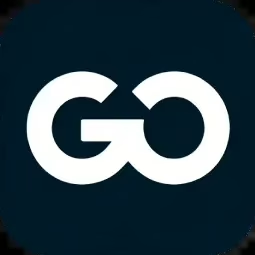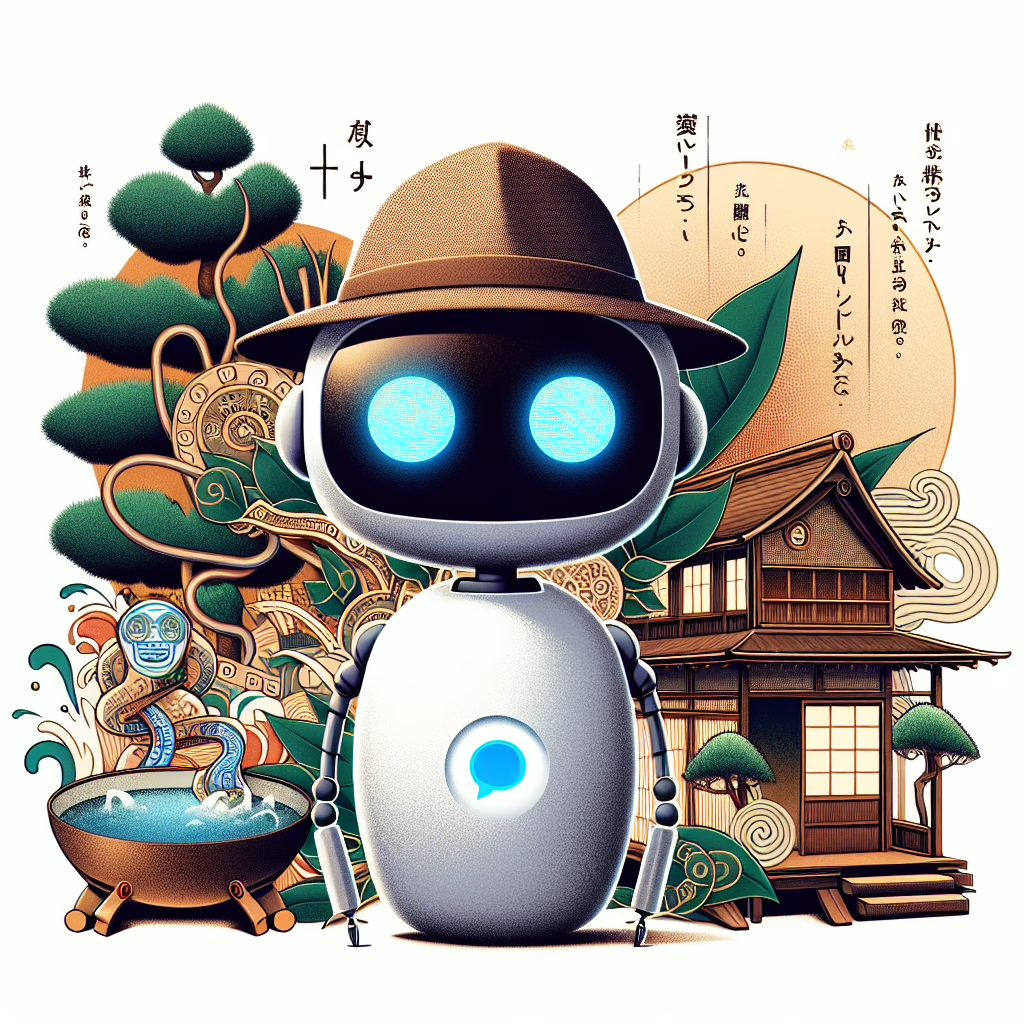In a world where creativity meets technology, ChatGPT is making waves, not just for its ability to whip up a poem or two but also for its engaging interactions. Recently, the buzz around copyright issues—especially in the context of beloved Studio Ghibli films—has intertwined humor and insight about how AI encounters our cherished art. Buckle up as we dive into this whimsical journey and explore the captivating collision of AI, creativity, and copyright.
The ChatGPT Conundrum: A Friendly AI or Copyright Criminal?
When you think of ChatGPT, you might envision a friendly chatbot eager to assist you with your queries. But entering the realm of copyright complicates the picture. Imagine ChatGPT, perched at a desk, donning a tiny detective hat, pondering whether it can legally reference the enchanting worlds crafted by Studio Ghibli. It’s almost like watching a beloved character from Spirited Away attempting to file taxes—confusing yet slightly hilarious!
The debate intensifies when we consider how AI models are trained on vast datasets, often inclusive of copyrighted material. So, is ChatGPT simply borrowing inspiration, or is it tiptoeing on the tightrope of copyright infringement? The answer resides within the murky waters of fair use, a concept as elusive as the soot sprites in Ghibli films.
The Fair Use Fiasco: What Does It Mean?
Ah, fair use—the magical phrase that sounds as if it could solve all our problems! In simple terms, fair use permits limited use of copyrighted material without the need for permission from rights holders. But what does “limited” really mean? It’s as vague as trying to summarize the plot of a Ghibli film to someone who has never seen one.
For example, if ChatGPT were to generate text inspired by Hayao Miyazaki’s whimsical art style, would that fall under fair use? Or is it akin to sneaking a peek at someone else’s exam paper and then claiming you studied really hard? The legal grey area is vast, echoing the expansive landscapes depicted in Ghibli movies.
ChatGPT’s Artistic Aspirations: Creativity or Copying?
One can’t help but wonder: does ChatGPT possess artistic aspirations? After all, it generates text that replicates human creativity! However, let’s not forget that merely copying someone’s homework and embellishing it doesn’t automatically render it original. As we celebrate the creativity that AI like ChatGPT can unleash, we also need to navigate the ethics surrounding copyright.
This leads us to contemplate the delicate balance between inspiration and imitation. Can an AI genuinely be inspired by the magic of Studio Ghibli without wandering into copyright territory? Perhaps in the future, we’ll arrive at an answer as clear as Totoro’s intentions!
The Future of AI and Copyright: A Dreamlike Collaboration?
As we look forward, the collaboration between AI and human creativity appears inevitable. Imagine a world where ChatGPT assists artists in brainstorming new concepts while respecting copyright. Rather than seeing each other as competitors, creators and AI could work hand in hand, much like Satsuki and Mei!
This partnership could pave the way for innovative storytelling methods and fresh artistic styles while ensuring that original creators receive the recognition and credit they deserve for their work. It’s all about blending technology with artistry while adhering to the boundaries set by copyright laws.
Wrapping Up Our Whimsical Journey
The interplay between ChatGPT, copyright, and Studio Ghibli goes beyond a complex web of legal jargon; it represents an opportunity for laughter and learning. As we navigate these waters together, let’s foster environments where creativity flourishes alongside a deep respect for original work.
If you have thoughts on this quirky intersection of technology and art—or if you’ve ever engaged in a spirited debate over fair use—feel free to share your insights in the comments below! We’d love to hear your perspectives!
A big thank you to The Verge for their original article on this fascinating topic! You can check it out here.

